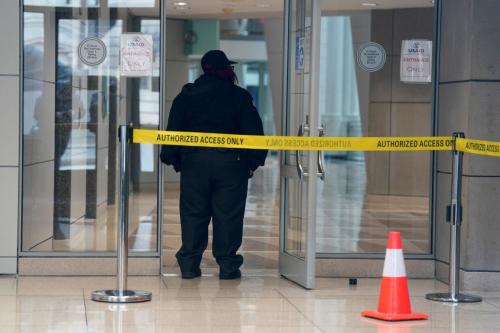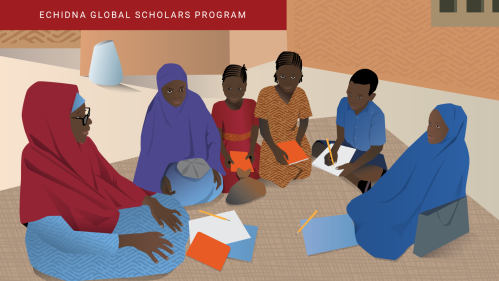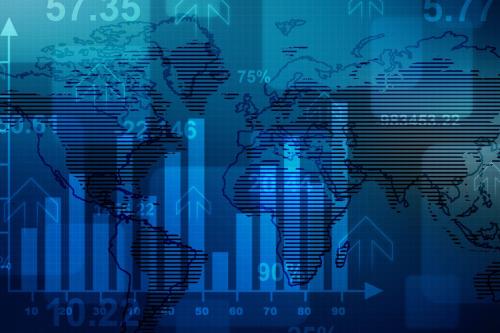After a massive 8.9-magnitude earthquake struck off the coast of north-eastern Japan, a subsequent tsunami destroyed towns, villages and large swathes of infrastructure along the coast. Media reports indicate that the death toll is currently in the thousands, with the number expected to rise significantly.
Over the years, Japan has spent billions of dollars developing advanced technology against earthquakes and tsunamis and designing buildings to withstand the impact of waves. These proactive precautions by development and contingency planners in Japan have reduced disaster risk, minimizing material damage and loss of life. The Japanese are also prepared to quickly react to quakes and tsunamis due to a highly-developed public education program. It is important to emphasize here how education and schooling can play such a significant role in preparing citizens for such catastrophic natural disasters.
Globally, Japan has been the leader of disaster education in all levels of society, including government institutions, private enterprises and schools. In particular, schools play a major role in Japan’s disaster risk reduction campaign, as a critical element in enhancing disaster resilience is the ability to not only understand the causes and consequences, but also to prepare for and respond to the impacts of disasters.
Safe school sites in Japan are selected through risk assessments geared at ensuring that schools are disaster-proofed and multi-hazard resilient. Students, teachers, parents and communities are involved in learning about disaster risk as well as practicing early warning simulation drills and evacuation for expected and recurring disasters. For example, in Maiko High School in Hyogo Prefecture, classes such as Environment and Disaster educate learners in disaster mitigation as it relates to both the natural and social environment. The purpose is to urge students to think of how citizens live and exist “in the symbiosis society” by utilizing the lessons learned from the Great Hanshin-Awaji earthquake. Through guest lectures by experts and researchers, and through field trips to the Nojima fault, students receive an in-depth education on natural disasters and risk reduction strategies.
Teaching material such as “Let’s Learn about Survival and Safety,” produced by the Japanese Ministry of Education, Culture, Sport, Science and Technology, is used in grades 1-3 so that disaster learning and preparation starts early and continues throughout schooling. In addition, the Japan Society of Engineers, the Sapporo Observatory, and the General Insurance Association of Japan have provided students with professional scientific and climate research to further enhance learning.
Tsunamis and climate change, disaster risk reduction and education
Scientists and research organizations have warned that climate change can result in more earthquakes and tsunamis, in part due to global warming. In 2009, University College London Professor Bill McGuire addressed a conference of scientists researching the changing climate’s effects on geological hazards and noted that “climate change doesn’t just affect the atmosphere and the oceans but the earth’s crust as well…the whole earth is an interactive system.”
Disaster risk reduction and climate change adaptation share common goals: reducing the vulnerability of communities and achieving sustainable development. Disaster risk reduction in the education sector aims to ensure the safety and continuity of education, helping the system to adapt to climate change and reduce the vulnerability of learners through disaster reduction and prevention, which are critical components of climate change adaptation.
In order to prepare populations to adapt to climate change and respond to disasters around the world in a way that minimizes loss of human life as well as damage to social, economic and environmental systems, there is an urgent need for climate change education that integrates disaster risk reduction and preparedness as well as environmental stewardship. Learning about environmental stewardship should include not only environmental education, but also climate change and scientific literacy, and education for sustainable lifestyles and consumption. Learners need a basic understanding of scientific concepts with a deeper level of systems thinking, such as knowledge of the history and causes of climate change; knowledge of and ability to distinguish between certainties, uncertainties, risks and consequences of environmental degradation, disasters and climate change; knowledge of mitigation and adaptation practices that can contribute to building resilience and sustainability; and understanding of different interests that shape different responses to climate change and ability to critically judge the validity of these interests in relation to the public good.
United Nations Secretary-General Ban Ki-moon has said the U.N. will do all it can to mobilize humanitarian assistance and disaster risk reduction teams to Japan as soon as possible. However, much more must be done globally through education to reduce disaster risk before it strikes and to adapt to climate change.
The Brookings Institution is committed to quality, independence, and impact.
We are supported by a diverse array of funders. In line with our values and policies, each Brookings publication represents the sole views of its author(s).



Commentary
Op-edLearning from Japan: Promoting Education on Climate Change and Disaster Risk Reduction
March 14, 2011